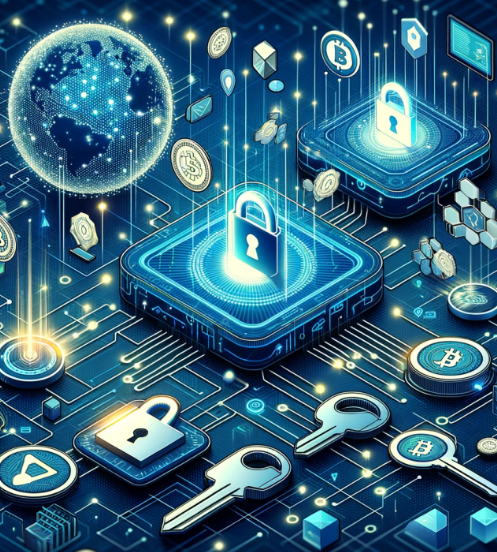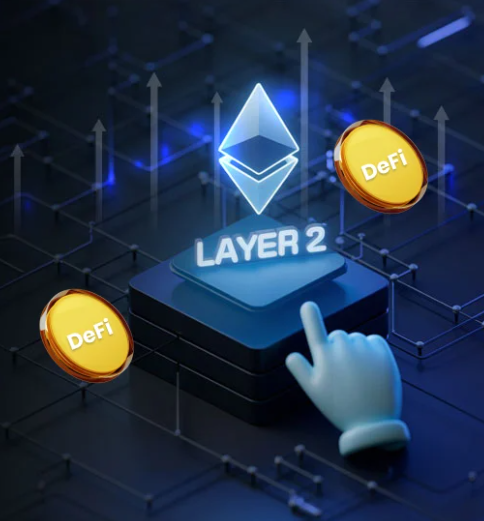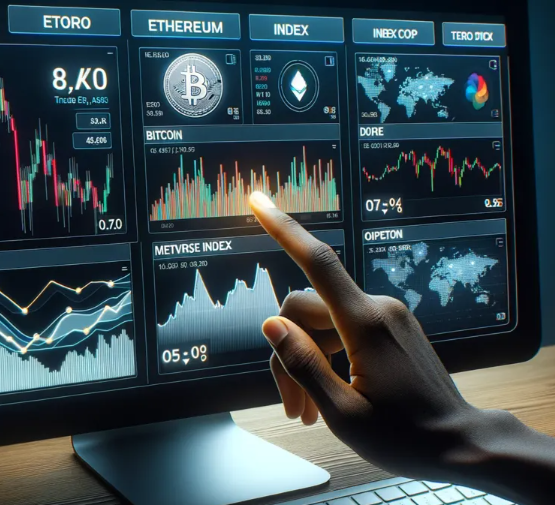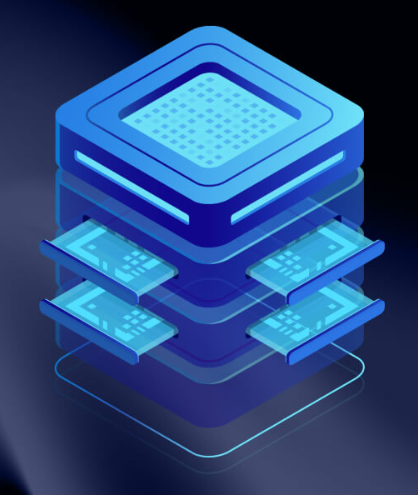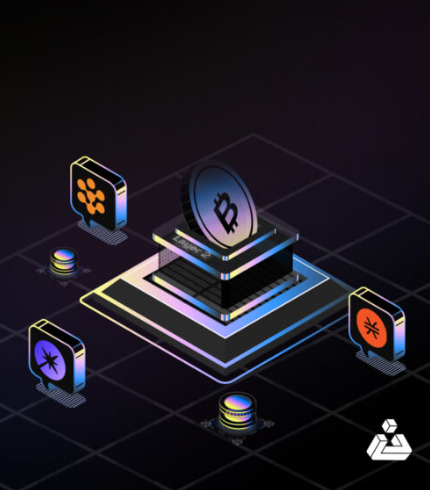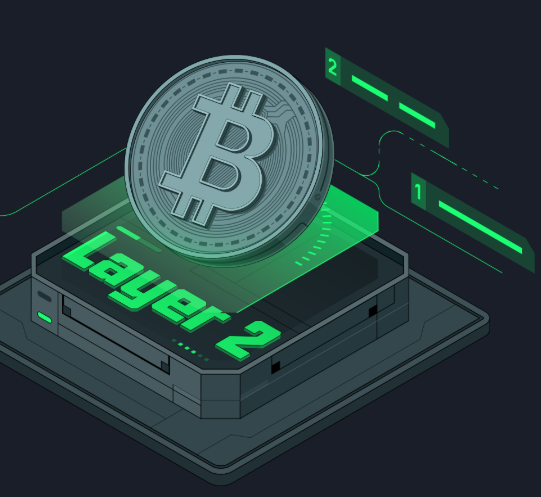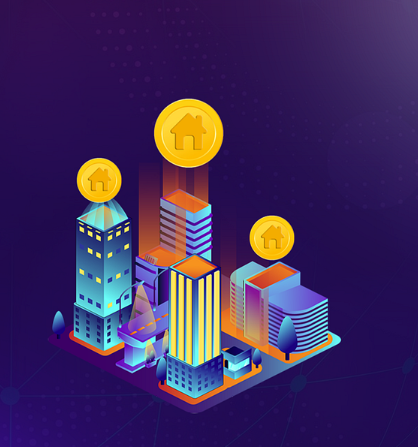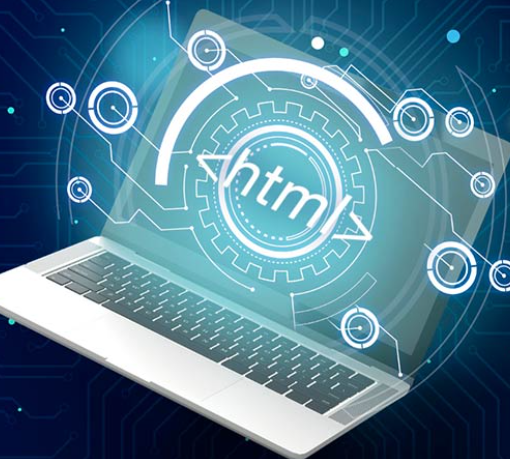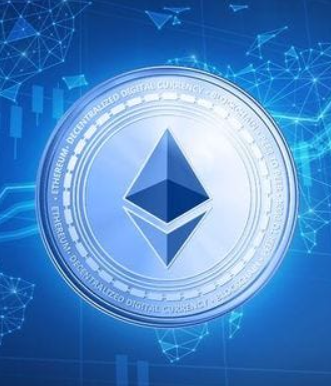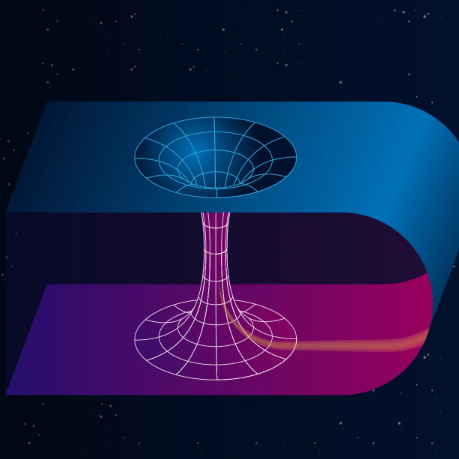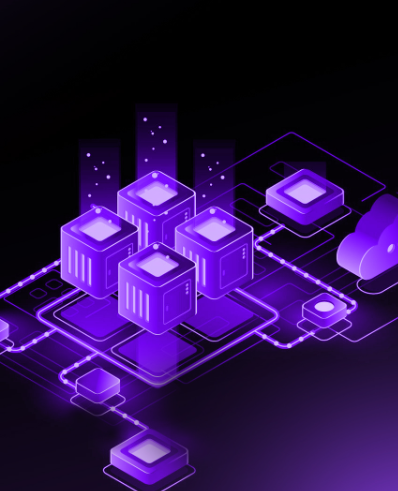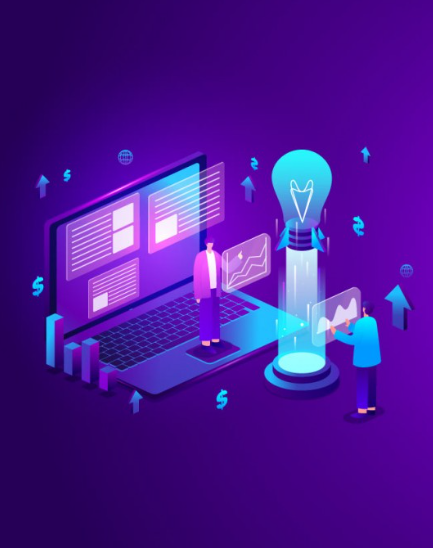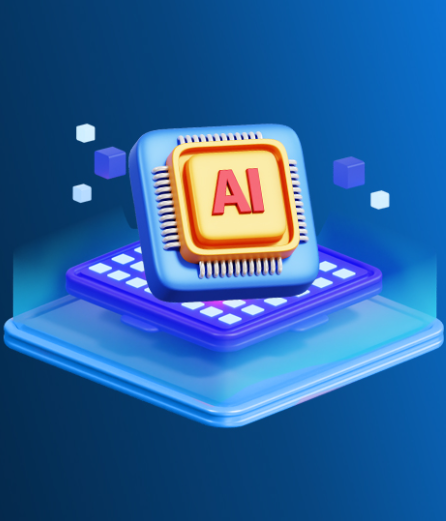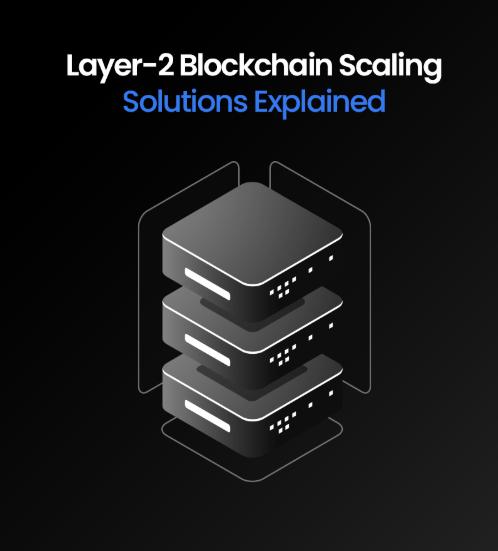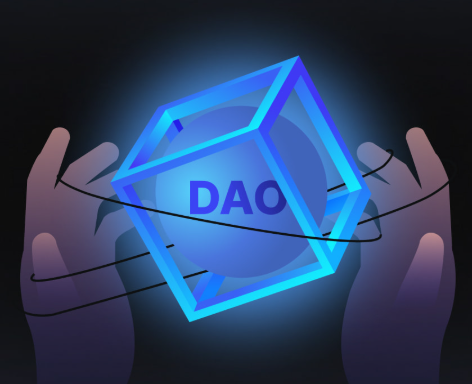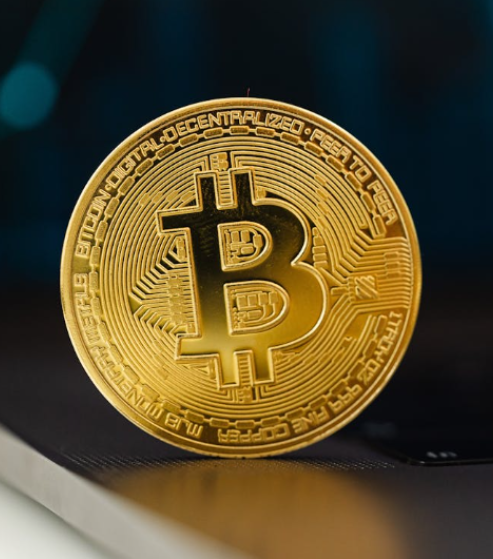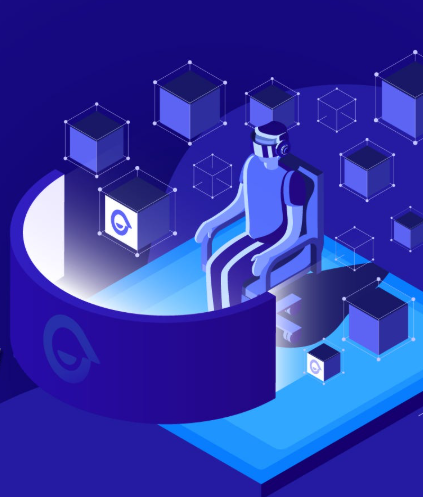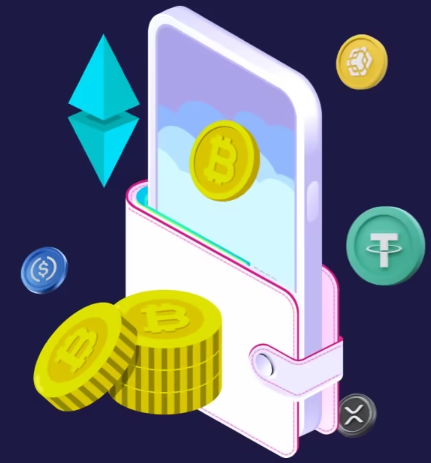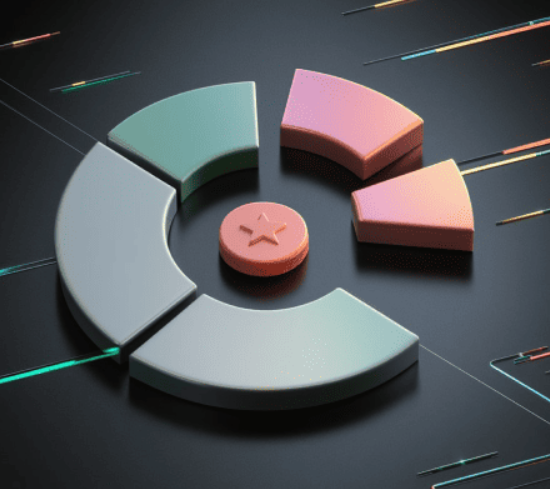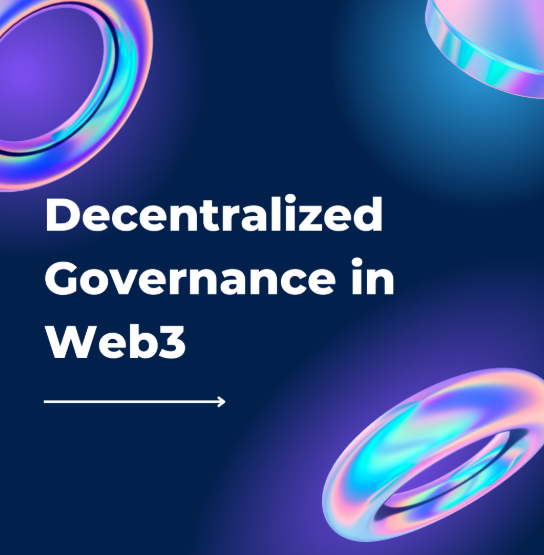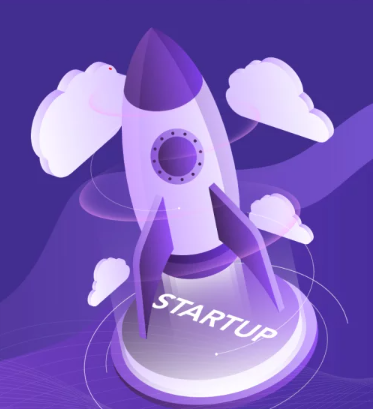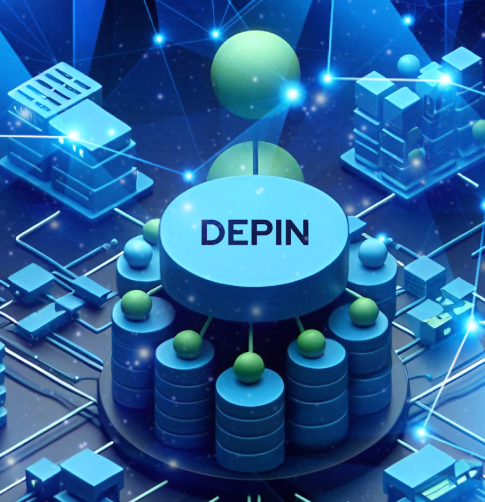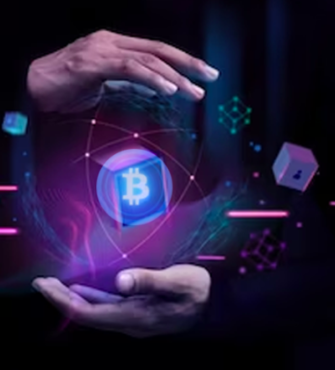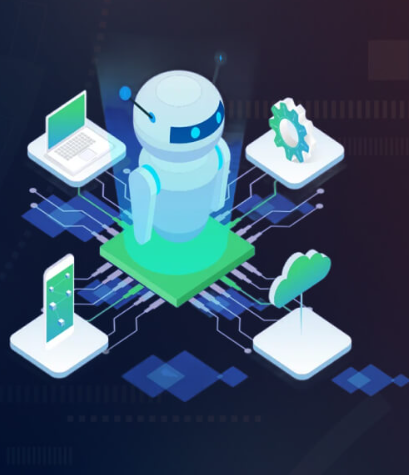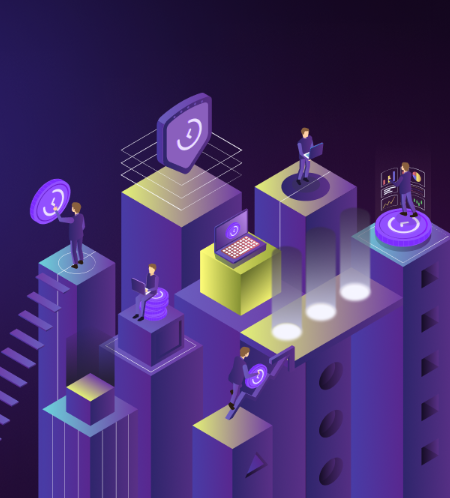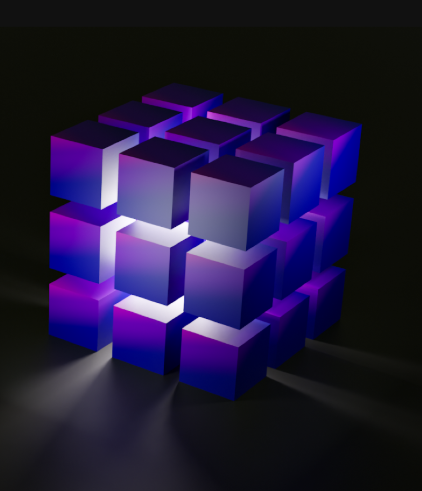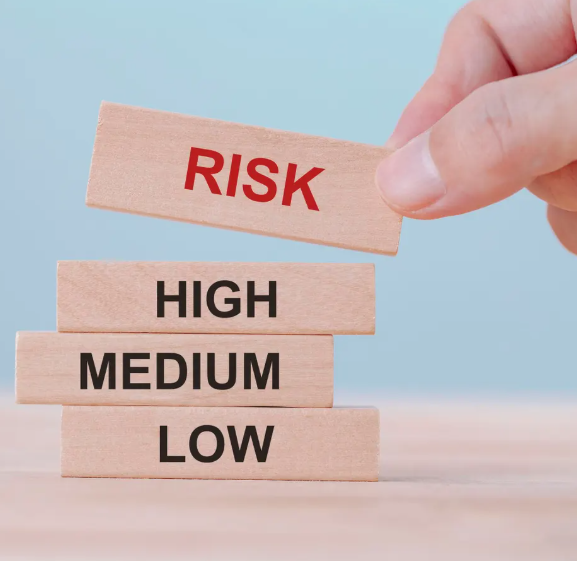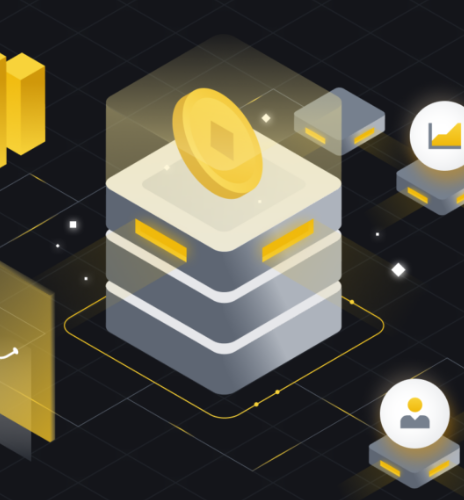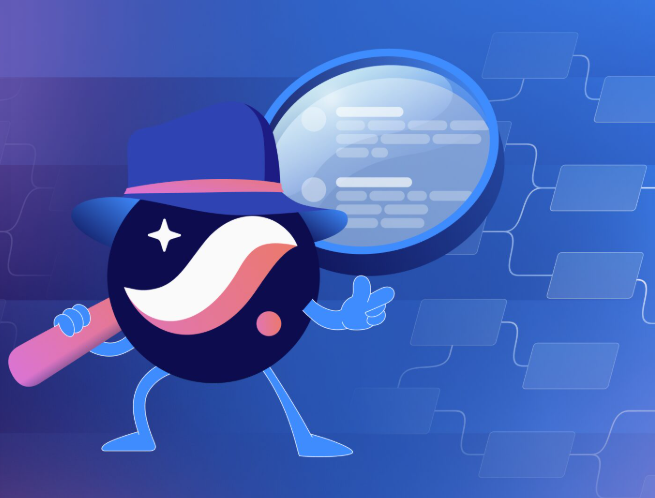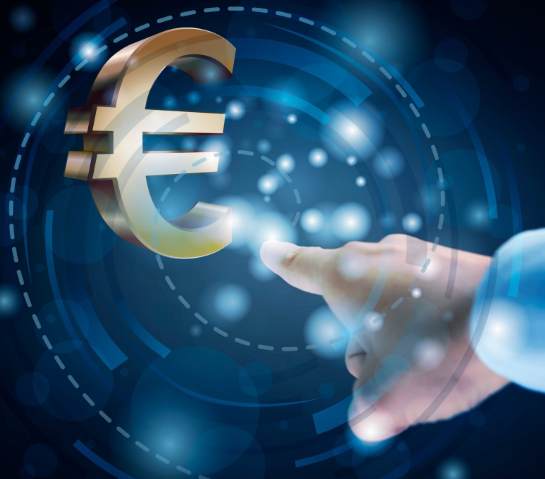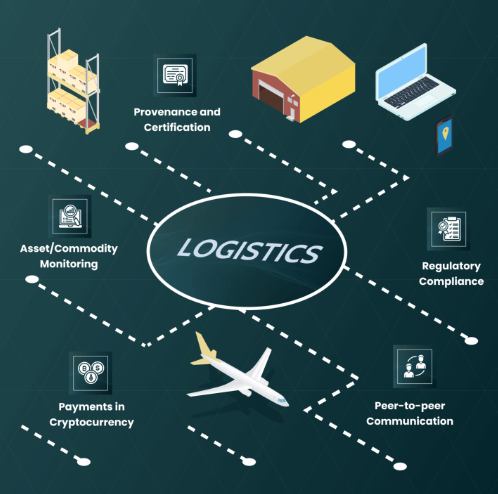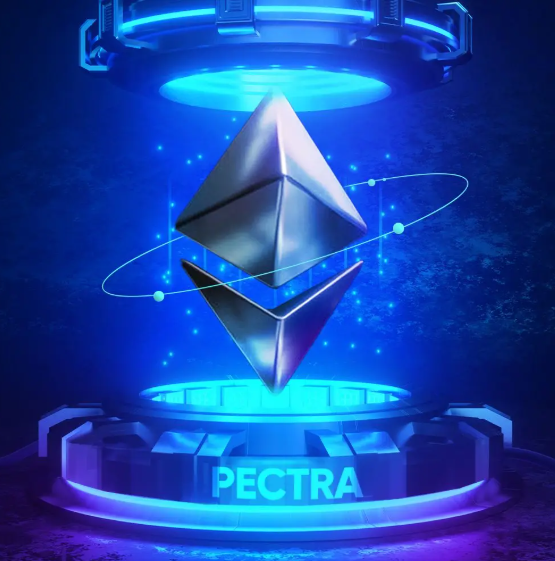
The tokenization of real-world assets (RWAs) is transforming the financial landscape. From U.S. Treasuries to real estate, Web3 innovators are unlocking liquidity in previously illiquid markets. By creating new ways to tokenize and trade traditional assets, founders can now tap into a wealth of revenue streams, backed by stable value and institutional demand. This article explores how founders can build lasting, recurring income through RWA tokenization, highlighting the best practices, emerging business models, and key regulatory considerations.
Introduction: The Shift Toward Real-World Asset Tokenization
As Web3 continues to evolve, it is moving beyond speculation and volatile tokens. Founders in 2025 are finding new ways to generate sustainable revenue, and one of the most significant trends is RWA tokenization. By converting tangible assets such as real estate, government bonds, or even carbon credits into tradable, on-chain tokens, Web3 founders are creating diversified income streams with predictable yields.
For founders, this shift is crucial. If you want to build something enduring in the Web3 space, understanding and utilizing RWA tokenization is vital. This is not just about adding another feature; it’s about integrating real-world, income-generating assets into your platform and making them accessible through blockchain technology.
What Is RWA Tokenization?
RWA tokenization involves digitizing real-world assets and representing them on the blockchain. Each token corresponds to a claim on a physical asset or its future yield, creating an entirely new financial model that offers:
- Fractional ownership of assets that were previously illiquid, such as real estate.
- Global access to high-yield instruments like Treasury bills.
- Automated processes for payments and governance through smart contracts.
- 24/7 trading of assets once restricted by regional financial systems.
Creating Revenue with RWA Tokenization
Founders can turn tokenized RWAs into reliable revenue sources in several ways, with each method focusing on a different aspect of the value chain.
1. Yield-Generating Tokenized Vaults
What it is:
Create vaults that allow users to earn real-world yields, such as returns from U.S. Treasuries, corporate bonds, or tokenized invoices.
How to make money:
- Management fees (e.g., 1-2% AUM).
- Performance fees on earned yields.
- Deployment of assets into liquidity pools or lending strategies.
Example:
Ondo Finance’s USDY token, backed by short-term U.S. Treasuries, provides users with a stable yield, and the platform generates revenue through asset management fees and institutional capital inflows.
2. Lending Protocols Backed by Real Collateral
What it is:
Develop a platform where tokenized RWAs are used as collateral to borrow stablecoins or other liquid assets.
How to make money:
- Origination fees.
- Interest rate spreads.
- Liquidation fees.
Example:
Centrifuge allows tokenized real-world assets like invoices or real estate to back loans, offering a mechanism for liquidity while earning fees on loan origination.
3. Liquidity Layer for Tokenized RWAs
What it is:
Establish a marketplace or automated market maker (AMM) that provides liquidity for tokenized real-world assets, making them tradable on secondary markets.
How to make money:
- Trading fees (e.g., 0.3% per transaction).
- Spread capture.
- Fees from listing or market-making activities.
Example:
RealT’s tokenized real estate is traded as ERC-20 tokens on decentralized exchanges like Uniswap. The platform captures revenue from rental income and asset management fees.
4. Compliance Infrastructure for Token Issuers
What it is:
Offer services like KYC/AML compliance, legal structuring, and jurisdictional compliance for those issuing tokenized RWAs.
How to make money:
- Fees per issuance.
- KYC/AML onboarding fees.
- Subscription fees for compliance APIs.
Example:
Securitize provides end-to-end solutions for security token issuers, handling everything from legal wrappers to investor onboarding.
5. RWA-Backed Stablecoins or Cash Equivalents
What it is:
Create stablecoins backed by real-world assets (like government bonds) for use in payments or decentralized finance (DeFi).
How to make money:
- Yield on the underlying assets.
- Transaction fees.
- Network effects from liquidity mining or app integrations.
Example:
Mountain Protocol’s USDM stablecoin is backed by U.S. Treasuries, providing a yield while maintaining a stable $1 peg.
Building a Scalable RWA Business Model
Traditional finance has long been burdened by inefficiencies like paperwork and middlemen, but Web3’s tokenization of RWAs offers a solution. Founders now have the ability to unlock value and monetize it across multiple layers of the Web3 ecosystem.
The RWA Flywheel
The key to building a sustainable RWA revenue stream is using a flywheel model, where trust, utility, and capital flow are continuously reinforced. To make this work, founders should follow a clear path:
- Asset Onboarding:
Begin by sourcing valuable, yield-bearing real-world assets, such as rental properties or unsecuritized debt. The goal is to identify and address inefficiencies in traditional markets. - Tokenization:
Tokenize the selected assets, ensuring they are compatible with DeFi systems and can be used for lending, staking, or collateral. Consider leveraging frameworks from platforms like Centrifuge to tokenize assets effectively. - Distribution:
Make tokenized assets accessible to various user segments, including retail DeFi users, institutional players, and fintech apps. Strong partnerships with wallet providers and aggregators will help ensure visibility and liquidity. - Monetization:
Once tokenized, founders can monetize their platform through a mix of management fees, trading spreads, origination fees, and other services. Revenue will scale as TVL (total value locked) grows. - Reinforcement and Trust Loop:
Build trust through transparency, such as proof-of-reserve audits and earnings reports. As trust grows, so will liquidity and user engagement, creating a self-reinforcing loop of value.
Conclusion: Unlocking the Future of Finance with RWAs
Real-world asset tokenization is not just a buzzword; it’s a fundamental shift in how value is exchanged. For founders, tokenizing RWAs presents an opportunity to create lasting, scalable businesses that provide tangible, regulated assets on-chain. By focusing on real markets, ensuring compliance, and creating value-rich ecosystems, founders can build businesses that thrive in both the Web3 and traditional finance worlds.



